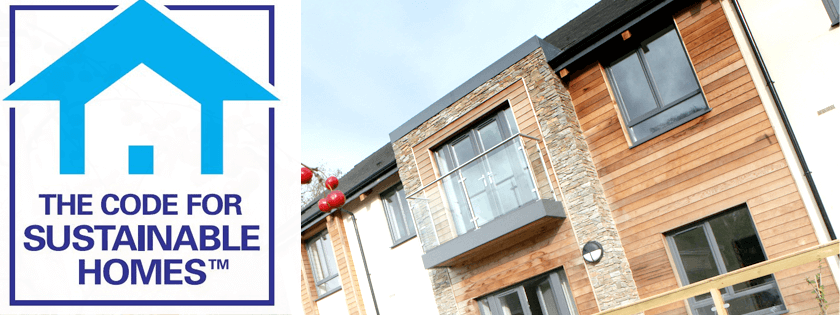 The Code for Sustainable Homes (CSH) provides a comprehensive picture of the sustainability of a new home in England and Wales. This code was launched by the UK government in 2006 to help reduce carbon emissions and create more green buildings.
The Code for Sustainable Homes (CSH) provides a comprehensive picture of the sustainability of a new home in England and Wales. This code was launched by the UK government in 2006 to help reduce carbon emissions and create more green buildings.
In 2008, the code became temporaly mandatory with the Home Information Packs: sellers were required to issue buyers of new homes a sustainabililty certificate. However, in 2010 the requirement for Home Information Packs was suspended along with the requirement for sustainability certificate. Until 2015, the code could be mandatory in England, Wales and Northern Ireland if it was a requirement of a local authority’s local plan or where affordable housing was funded by the Homes and Community Agency.
Nowadays, the code is voluntary in the private sector. It can be used by home builders to differenciate the performance of their homes from the performance of others. It also gives consumers the information about their sustainable choices. These are the key aspects that the code covers about sustainability:
- ENERGY EFFICIENCY: the code provides a framework within which home builders can be recognised for going beyond current Building Regulations on energy efficiency. It sets standards for a wide range of aspects of sustainability such as the environmental impact of housing.
- ENVIRONMENT: the code gives information about aspects of sustainability such as water, pollution, waste, materials and ecology.
It works by awarding new homes a 1 to 6 star rating based on their performance. One star is entry level above building regulations, with six stars being the highest performance, reflecting exemplary development in terms of sustainability.
OTHER SUSTAINABILITY STANDARDS: PASSIVHAUS AND HQM
 Other sustainability standards have gained interest, in particular the PassivHaus standard, which has become increasingly popular as an approach to new energy efficient housing. The aim of PassivHaus standard is to provide buildings that are able to achieve comfortable temperature all year with minimal energy inputs.
Other sustainability standards have gained interest, in particular the PassivHaus standard, which has become increasingly popular as an approach to new energy efficient housing. The aim of PassivHaus standard is to provide buildings that are able to achieve comfortable temperature all year with minimal energy inputs.
The BRE, the UK’s leading building science centre, is also developing a new voluntary sustainable housing standard: the Home Quality Mark (HQM). This standard uses a simple 5-star rating to provide impartial information from independent experts on a new home’s design, construction quality and running costs. HQM shows the impact of the home on the occupant’s health and wellbering. The Home Quality Mark also evaluates the home’s environment footprint and the connectivity and performance of the home.
HOW NATURAL STONE SUPPORTS SUSTAINABILITY
Natural stone products can support sustainability. Natural stone offers many attractive, environmentally friendly attributes, including durability, recyclability and manufacturing best practices. These products can preserve the natural environment, conserving resources, preventing pollution and minimizing waste.
Natural stone is the most sustainable building material because it improves energy efficiency, reduces energy consumption and emission of carbon dioxide in the atmosphere, conserves natural resources such as water and wood and is non-toxic. Natural stone is an environmental-friendly material, with a longer life cycle.
For example, natural stone has good thermal mass (the ability of a material to store heat and slowly release it), which positively impacts indoor ambient air temperature, and thus, energy efficiency.
To sum up, natural stones can enhances the extent of compliance of a building for sustainable certification.
Order natural stone now!





